Understanding the different parts of a car and their functions is essential for anyone who owns or operates a vehicle. Whether you’re a first-time car owner or an experienced driver, familiarizing yourself with the components of your car is essential for proper maintenance and safety.
In this blog post, we’ll discuss 20 common parts of a car and their functions to help you better understand your vehicle and its operation.
1) The engine
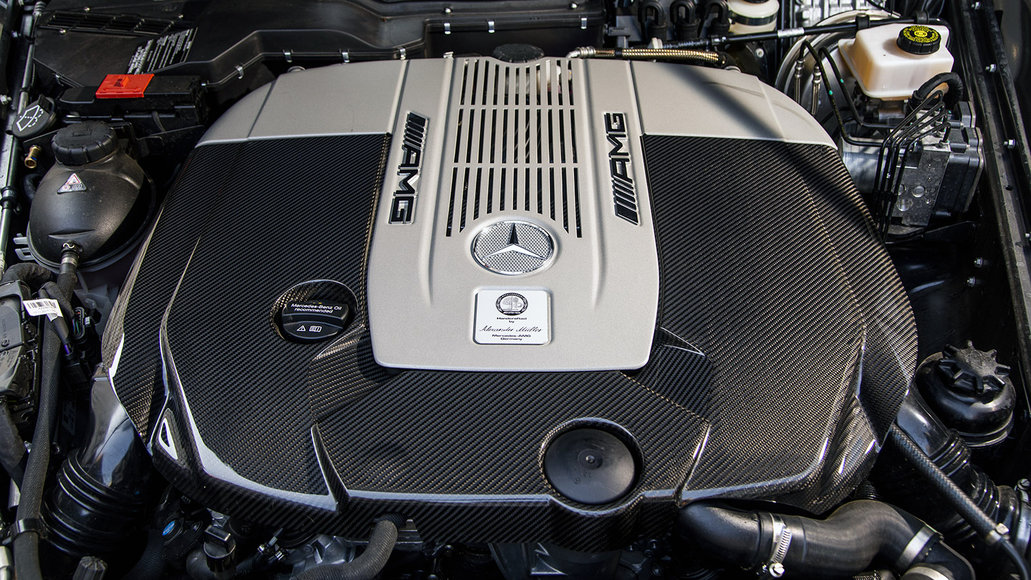
The engine is the heart of any car. It is responsible for powering the car and providing the energy necessary to make it run.
The engine consists of several different components, all of which work together to create the power needed.
The combustion process within the engine is what creates the power. The process starts with a combination of fuel and air being introduced into the cylinder.
This mixture is then compressed by a piston, causing it to heat up and ignite. The pressure from this ignition causes the piston to move, creating the power that will propel the car forward.
Other components found within an engine include the valves, spark plugs, alternator, starter motor, and flywheel.
The valves control the flow of air and fuel into the engine, while the spark plugs create the ignition that sets off the combustion process.
The alternator is responsible for generating electricity to power the car’s electrical system. The starter motor provides the initial burst of power needed to start the car, while the flywheel helps to keep it running smoothly.
Each of these components plays an important role in keeping the car running efficiently and safely. Without them, the engine would be unable to create the power necessary to make the car move.
2) The Transmission
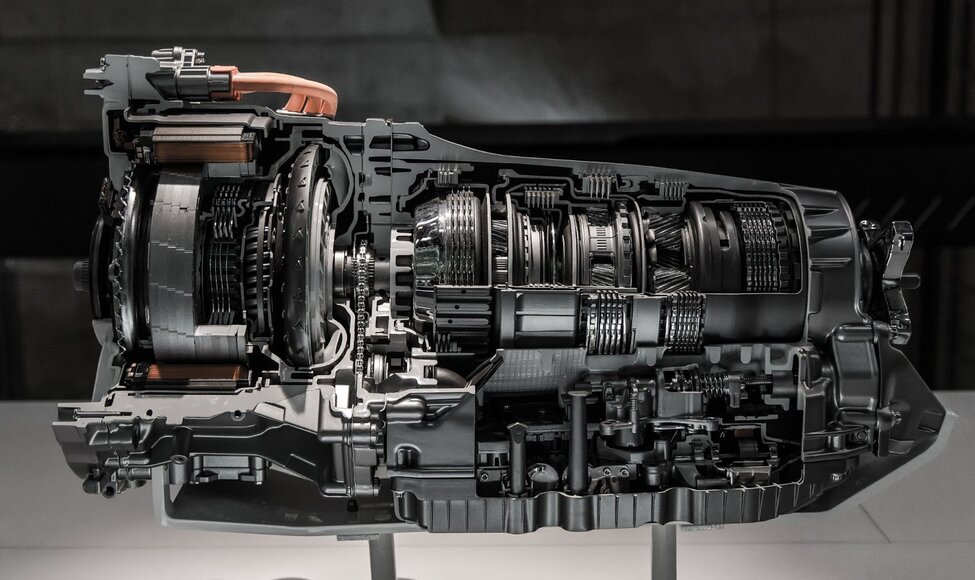
The transmission is one of the most important parts of any car. It is responsible for transferring power from the engine to the drive shaft, which then transmits power to the wheels.
The transmission system consists of several components including the gearbox, clutch, and torque converter.
The gearbox is responsible for transferring power from the engine to the wheels. It does this by changing the ratio between the engine speed and the output speed of the drive shaft.
This is done by selecting different gears, allowing the car to accelerate and decelerate appropriately.
The clutch is connected to the engine and allows it to be disconnected from the gearbox. This allows the driver to change gears while driving and also lets them switch off the engine while keeping the car in gear.
The torque converter is responsible for connecting the engine to the transmission system. It works by transforming the torque output of the engine into a form that can be used by the gearbox.
This helps provide a smoother transition between gears and prevents the car from jerking when shifting gears.
3) The Drive Shaft
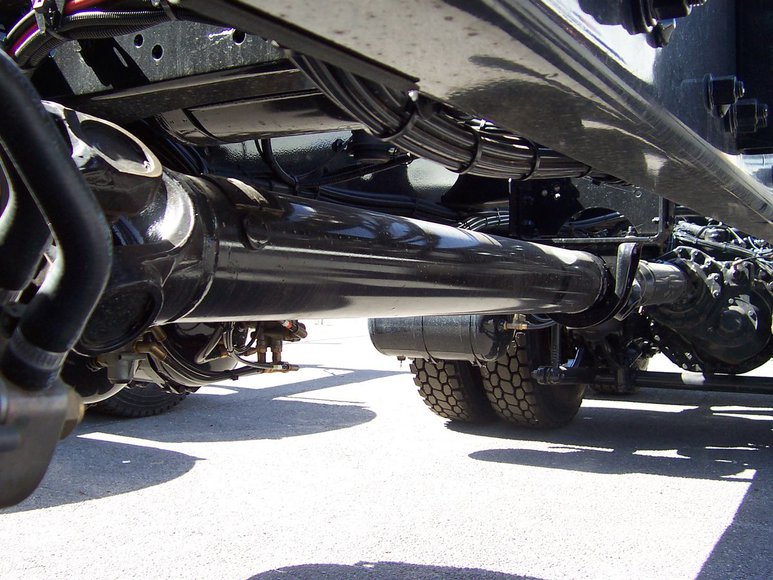
The drive shaft, also known as a propeller shaft, is an important component of the powertrain of your vehicle. It is responsible for transferring power from the engine to the wheels, allowing your car to move.
It is made up of several different components, including a center tube, universal joints, yokes, and splines.
The drive shaft connects the transmission to the differential, and it must be balanced properly for the vehicle to function properly.
The drive shaft can be damaged due to wear and tear over time, or if it is subjected to high stress or vibration.
It is important to inspect the drive shaft regularly to ensure that it is in good condition and functioning properly.
4) The Differential
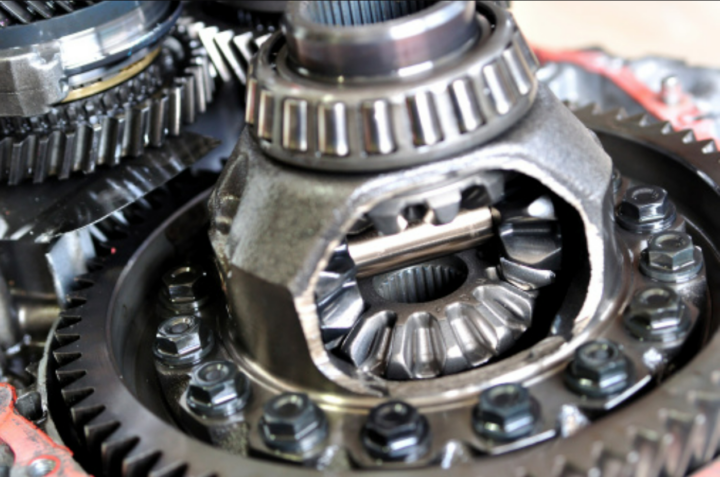
The differential is one of the most important components of a car. It is located between the drive shaft and the wheels and it’s responsible for allowing the car to turn corners smoothly.
It does this by allowing the wheels on the inside of a corner to rotate at a different speed than the wheels on the outside.
In more basic terms, the differential is what allows one side of the car to travel faster than the other while turning a corner.
Without the differential, both wheels would be forced to move at the same speed, making it difficult to turn corners.
The differential has several components that help it function correctly. It includes bearings, axles, gears, and seals.
Without these components, the differential wouldn’t be able to operate properly.
Most modern cars are equipped with a limited-slip differential which is designed to reduce wheel spin in slippery conditions.
This type of differential locks the wheels together and prevents them from spinning at different speeds when traction is low.
The differential plays an important role in keeping your car running safely and efficiently. Regular maintenance is necessary to ensure that your car’s differential stays in good condition.
5) The suspension
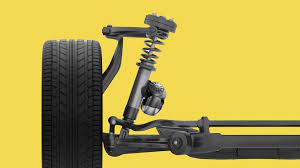
The suspension of a car is responsible for connecting the wheels to the chassis, providing shock absorption for the car’s ride, and improving handling.
It consists of several components, including shock absorbers, struts, springs, control arms, and stabilizer bars. The shock absorbers are cylinders filled with oil that absorb the shock from bumps in the road.
The struts are tubular hydraulic shocks that provide extra support for the vehicle’s weight. The springs are helical-shaped coils that help absorb bumps and vibrations from the road.
Control arms link the chassis of the vehicle to the suspension system and keep the wheels aligned properly.
Lastly, stabilizer bars help reduce body roll and ensure that the car stays level when taking turns. All of these components work together to provide a comfortable and safe ride.
6) The Brakes
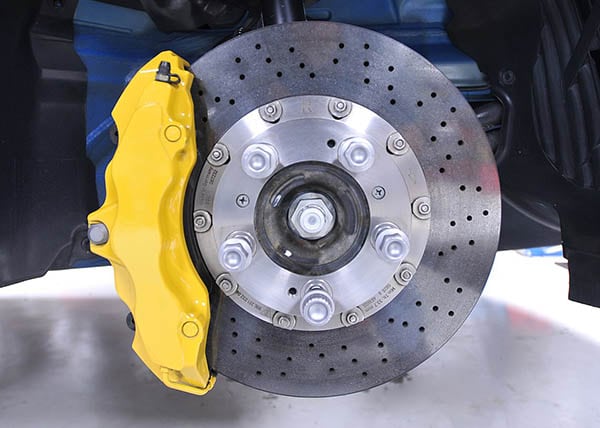
The brakes of a car are one of the most important components of the vehicle. Without a properly functioning brake system, you wouldn’t be able to stop or slow down your car in an emergency.
The brakes work by using hydraulic pressure to apply force to the brake pads, which push against the brake rotors to reduce the speed of the car.
Two types of brakes are typically used in modern cars: disc brakes and drum brakes.
Disc brakes use calipers to squeeze a set of brake pads against a disc, or rotor, while drum brakes use a wheel cylinder to push brake shoes against the inside of a drum.
Both types of brakes require regular maintenance to ensure they are working correctly and provide optimal stopping power.
Properly functioning brakes are critical for safe driving and should be checked regularly for signs of wear or damage.
7) The Steering System
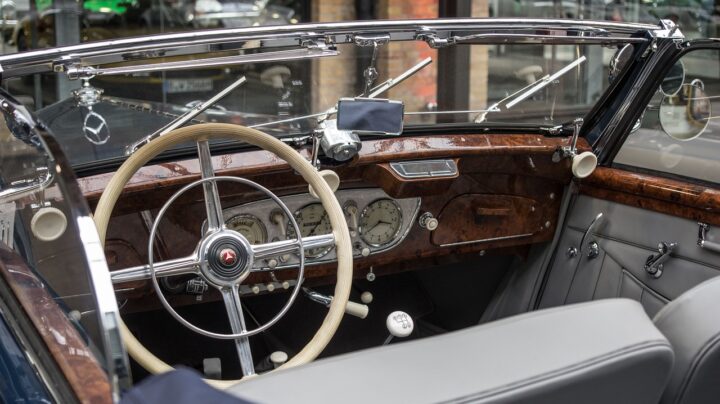
The steering system is one of the most important parts of a car. It enables you to control the direction of your vehicle and turn corners safely.
The two main components of the steering system are the steering wheel and the steering column. The steering wheel is connected to the steering column, which then connects to the front wheels.
The steering column contains several components, including the rack and pinion, tie rods, idler arms, and control arms.
The rack and pinion convert the rotational movement of the steering wheel into linear motion.
This linear motion is then transferred to the two front wheels via the tie rods, idler arms, and control arms.
The tie rods connect the front wheels to the steering column, while the idler arm stabilizes the steering system and ensures that the left and right wheels move in sync.
Lastly, the control arm connects the steering column to the suspension system and keeps it in place during turns.
Having a properly functioning steering system is essential for safe driving.
Any issues with any of these components can result in poor handling and decreased safety while driving. That’s why it’s important to have your steering system regularly inspected by a qualified mechanic.
8) The Wheels And Tires
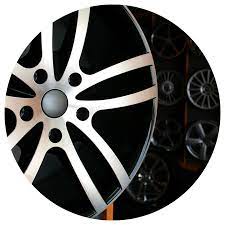
The wheels and tires of a car play a crucial role in how the vehicle handles on the road. The wheel and tire combination needs to be balanced properly to ensure the car is stable and safe to drive.
The wheel and tire setup also affects the traction, cornering, and braking performance of the car.
Wheels are usually made from aluminum or steel and come in various sizes and widths to fit different cars.
The tires are designed for specific uses and come in a variety of tread designs and rubber compounds.
Proper tire inflation is essential for safety, fuel economy, and tire wear. It’s important to check tire pressure regularly to ensure that your tires are correctly inflated.
9) The Battery
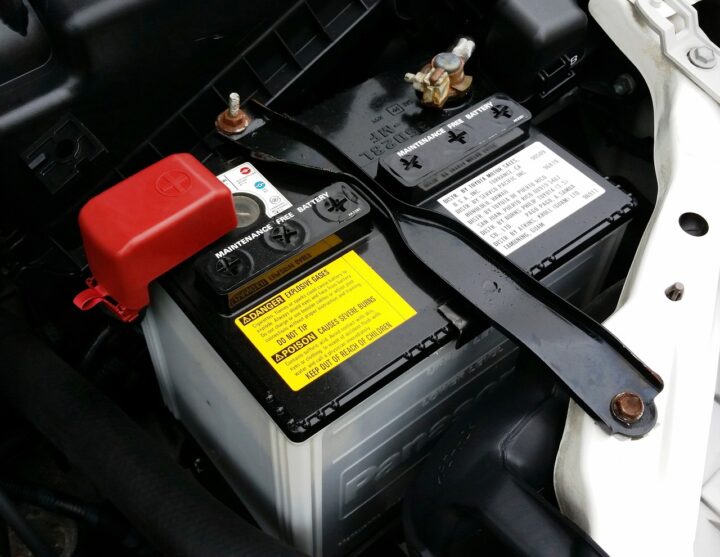
The battery is a crucial component of your car and it helps to provide power to the electrical components. It works by converting chemical energy into electrical energy and then providing it to the starter, alternator, and other electrical parts.
Without a battery, you wouldn’t be able to start your car and would need to jump-start it. A car battery is typically made up of lead plates and sulfuric acid in an electrolyte solution.
The battery must be periodically recharged as it loses its charge over time. Regular maintenance is important to ensure the battery lasts a long time and continues to perform well.
10) The electrical system

The electrical system is responsible for providing the car with electricity. It consists of many different components, including the alternator, starter, battery, fuse box, and wiring.
The alternator produces electricity that is used to power the vehicle’s lights, radio, and other electrical components. The starter helps to start the engine when the key is turned.
The battery stores energy that is used to power the vehicle when the engine is not running. The fuse box distributes electricity to the various parts of the car, protecting them from an overload.
Lastly, the wiring system connects all of the electrical components, allowing them to communicate and function properly. Without the electrical system, a car would not be able to operate.
11) The Exhaust System
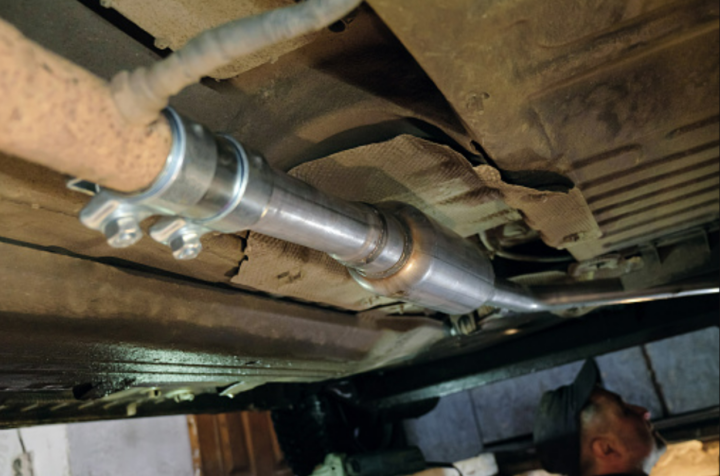
The exhaust system is one of the most important parts of a car, as it releases the exhaust fumes that are created when fuel is burned.
It consists of pipes and components that connect the engine to the tailpipe, and it helps to reduce the noise, pollutants, and heat from the vehicle.
The exhaust manifold is the first part of the exhaust system, and it collects the exhaust gasses from the cylinders and directs them toward the catalytic converter.
The catalytic converter helps reduce toxic gasses and pollutants by converting them into less harmful substances. From there, the gasses travel through the muffler and then out of the tailpipe.
The exhaust system also includes components such as oxygen sensors, EGR valves, and PCV valves, which all help to regulate the amount of air-fuel mixture in the engine’s combustion chamber.
These components also help to reduce exhaust emissions and keep the engine running efficiently.
In addition to its primary function of removing toxic gasses, the exhaust system can also affect the performance of your car.
If it’s not properly maintained, it can lead to decreased fuel efficiency, increased emissions, and excessive noise.
Regular inspections and maintenance of your exhaust system can help to keep your car running smoothly and efficiently.
12) The Cooling System

The cooling system of a car helps regulate the temperature of the engine and ensure that it runs optimally. The cooling system consists of a radiator, water pump, coolant, thermostat, fan, and several other components.
The radiator is the core component of the cooling system as it helps to dissipate heat from the engine. The water pump pumps the coolant from the radiator to the engine and then back again to absorb and dissipate more heat.
The coolant, usually a mixture of antifreeze and water, circulates throughout the engine block and absorbs the heat generated by combustion.
The thermostat helps to regulate the temperature of the coolant and opens and closes to allow more or less coolant to pass through depending on the temperature.
The fan helps to blow cooler air through the radiator, which helps in cooling down the hot coolant. The other components of the cooling system are the hoses, belts, and clamps that help route the coolant around the engine.
13) The Fuel System
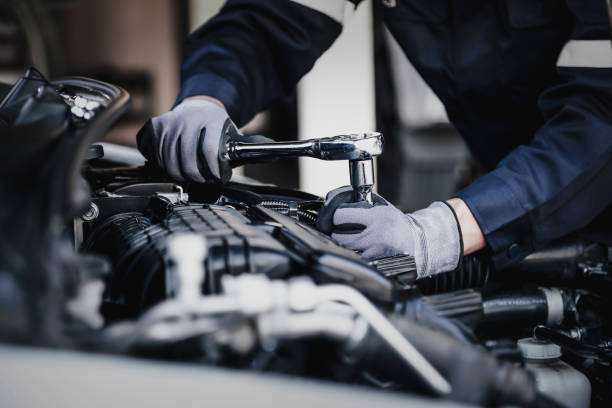
The fuel system is responsible for storing and delivering the fuel to the engine. This includes components such as the fuel tank, fuel pump, and fuel injectors.
The fuel tank is a sealed container that stores the fuel until it is needed. The fuel pump moves the fuel from the tank to the injectors, which then spray a fine mist of fuel into the cylinders of the engine.
This mist of fuel is then ignited by the spark plugs, creating the combustion process which powers the car. The fuel system must be in good working order to ensure the efficient and safe operation of the vehicle.
14) The Climate Control System

The climate control system is a critical component of any vehicle. It ensures the interior of the vehicle is at a comfortable temperature and humidity level, regardless of the exterior conditions.
The system works by using a combination of vents, fans, and air conditioning to adjust the airflow inside the vehicle. The system can also be used to recirculate air already in the car to reduce air pollution from outside.
The climate control system uses sensors to detect the interior temperature and humidity levels and then adjusts the airflow accordingly.
The driver has control over the system via switches or a touchscreen, allowing them to change the settings as needed. It’s important to make sure the climate control system is functioning properly, as it’s essential for ensuring a comfortable ride.
15) The Infotainment System
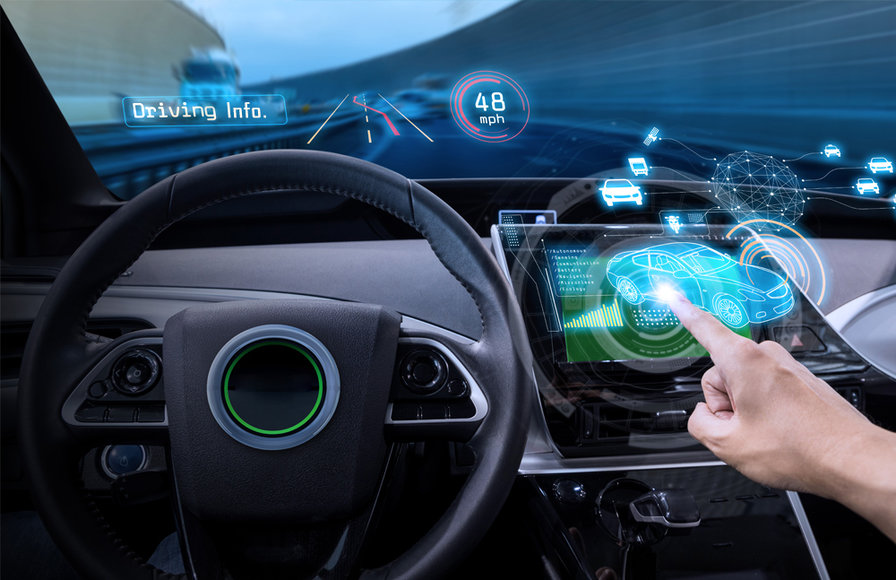
The infotainment system is a combination of information and entertainment features within a car.
It is the centerpiece of the dashboard, providing access to a range of features from navigation and audio to communications and other driver convenience features.
Infotainment systems can be accessed via touchscreen, buttons, knobs, or voice control. The system allows for access to phone and music services, as well as providing options such as hands-free calling and streaming music.
The infotainment system is also home to modern safety features, such as lane departure warnings, blind spot monitoring, and rearview camera systems.
With so many features available on modern cars, it’s important to understand how they work to make the most of them.
16) The Driver Assist Systems
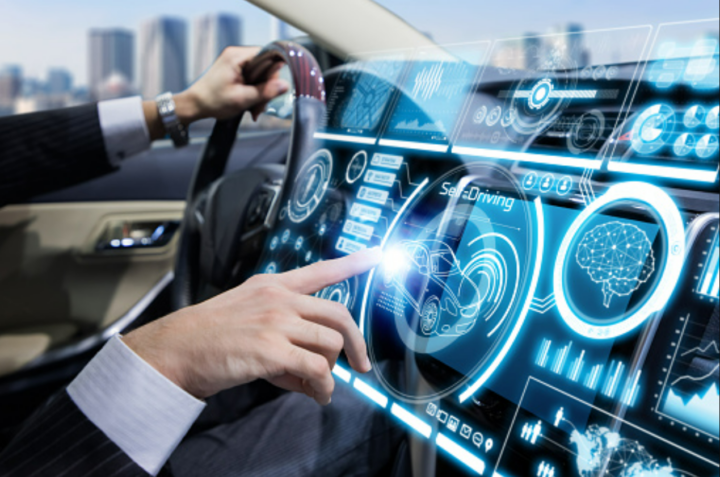
Driver assist systems, also known as advanced driver assistance systems (ADAS), are a collection of technologies that assist drivers in various ways to improve safety, convenience, and comfort.
These systems use sensors, cameras, and other technologies to collect data about the vehicle’s surroundings and driver behavior and provide feedback to help drivers make better decisions.
Some common driver assist systems include:
- Adaptive Cruise Control (ACC): This system uses sensors to maintain a safe distance from the vehicle ahead, adjusting the car’s speed as necessary.
- Lane Departure Warning (LDW): This system alerts the driver if the vehicle begins to drift out of its lane without the use of turn signals.
- Blind Spot Detection (BSD): This system warns drivers if there is a vehicle in their blind spot, helping to avoid collisions while changing lanes.
- Forward Collision Warning (FCW): This system alerts the driver if there is a potential collision with the vehicle ahead, giving the driver time to react and avoid a crash.
- Automatic Emergency Braking (AEB): This system applies the brakes automatically if the car detects an imminent collision, reducing the severity of the crash or avoiding it altogether.
- Rearview Camera: This system provides a live feed of the area behind the vehicle, making it easier to park and maneuver in tight spaces.
- Parking Assist: This system uses sensors and cameras to help drivers park their cars, guiding them into a parking spot with ease.
These systems have become increasingly common in newer vehicles, with many manufacturers offering them as standard or optional features.
Driver assist systems can greatly improve safety on the road, reducing the risk of accidents and saving lives.
17) The Exterior Lighting
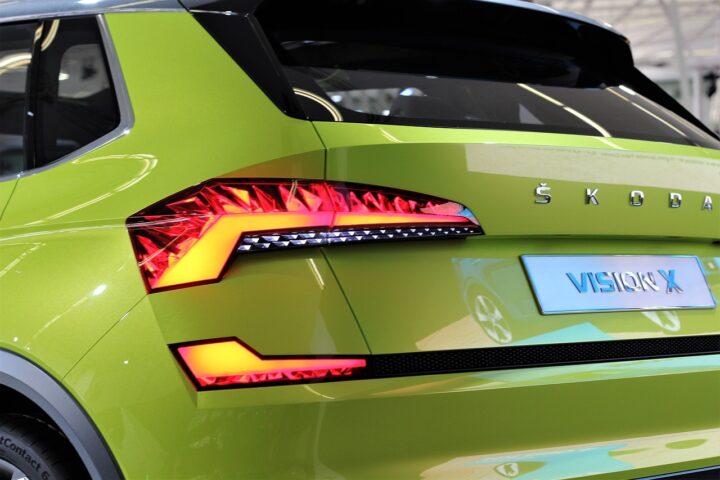
Exterior lighting on a vehicle serves multiple purposes, including providing visibility for the driver, increasing the vehicle’s visibility to other drivers and pedestrians, and enhancing the overall aesthetic appearance of the vehicle.
There are several types of exterior lighting on a vehicle, each with its function:
- Headlights: These are the primary lights on the front of the vehicle, designed to illuminate the road ahead and allow the driver to see in low-light conditions.
They also make the vehicle visible to other drivers, particularly at night.
- Taillights: These are the lights on the rear of the vehicle, designed to make the vehicle visible to other drivers from behind, especially at night.
They also indicate when the driver is braking or turning.
- Turn signals: These are lights that indicate to other drivers that the vehicle is about to turn.
They are usually located on the front and rear of the vehicle and are activated by the driver using the turn signal lever.
- Brake lights: These are lights that illuminate when the driver applies the brakes, indicating to other drivers that the vehicle is slowing down or coming to a stop.
- Fog lights: These are low-mounted lights on the front of the vehicle, designed to provide extra illumination in foggy or other low-visibility conditions.
- Daytime running lights: These are lights that are always on while the vehicle is in motion, designed to increase the vehicle’s visibility to other drivers during the day.
- Accent lighting: This refers to any lighting on the exterior of the vehicle that is designed to enhance its appearances, such as underbody lighting or illuminated logos.
Exterior lighting on a vehicle is essential for safety on the road, particularly at night or in low-visibility conditions.
Drivers should ensure that all exterior lights are functioning properly and are regularly cleaned to maintain maximum visibility.
18) The body
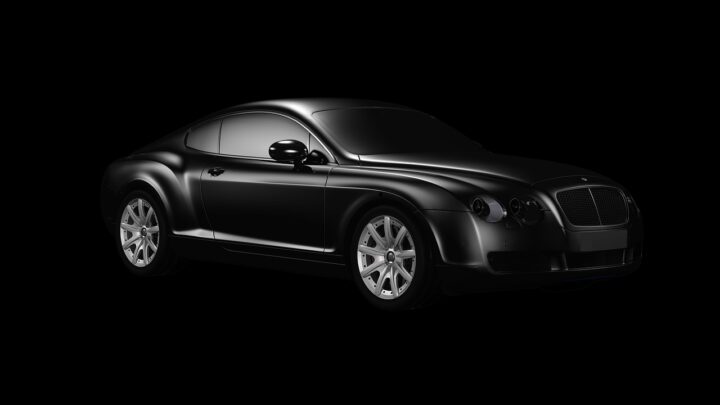
The body of a vehicle refers to its outer shell, which encases the engine, passenger compartment, and cargo area.
The body provides structural support and protection for the vehicle’s occupants and cargo, as well as contributes to its overall appearance and aerodynamics.
There are several components of a vehicle body:
- Frame: The frame is the foundation of the vehicle’s body, providing support for the engine, suspension, and other components.
- Panels: The panels are the outer skin of the vehicle, including the doors, hood, trunk, and fenders.
They are made of materials such as steel, aluminum, or composite materials and are designed to protect the vehicle’s occupants and cargo.
- Glass: The windows and windshield are made of tempered or laminated glass, providing visibility for the driver and passengers while protecting them from the elements.
- Bumpers: The front and rear bumpers are designed to absorb impact in the event of a collision, protecting the vehicle’s occupants and minimizing damage to the vehicle.
- Roof: The roof protects from the elements and also helps to maintain the structural integrity of the vehicle.
- Doors: The doors provide access to the vehicle’s passenger compartment and cargo area and also protect them in the event of a collision.
- Trim: The trim refers to the decorative elements on the exterior of the vehicle, such as moldings, emblems, and badges.
The design and construction of a vehicle’s body are crucial to its overall performance, safety, and comfort.
A well-designed body can improve aerodynamics, reduce wind noise, and enhance the vehicle’s overall appearance.
Drivers need to maintain their vehicle’s body by keeping it clean and free of damage to ensure the safety of themselves and their passengers.
19) The windows

The windows of a vehicle are like the eyes of a person – they allow drivers and passengers to see the world around them while protecting them from the elements.
Without windows, driving would be a very different experience, with wind, rain, and debris constantly bombarding the vehicle’s occupants.
But windows are more than just practical – they can also add to the style and personality of a vehicle.
Tinted windows, for example, can make a vehicle look sleek and sophisticated, while custom window decals or graphics can make a statement or show support for a favorite sports team or cause.
Windows can also be a source of inspiration, providing a new perspective on the world outside.
The view from a car window can be a source of wonder and awe, whether it’s a beautiful sunset or a stunning natural landscape.
And for children, the car window can be a canvas for their imaginations, with passing scenery becoming the backdrop for their adventures.
But perhaps most importantly, the windows of a vehicle provide a sense of security and comfort for its occupants.
They shield us from the noise and chaos of the outside world, allowing us to relax and enjoy the ride. And in moments of danger or distress, they can be a lifeline, providing a means of escape or a way to call for help.
20) The roof

The roof of a vehicle is like the crown of a king – it adds an element of regality and importance to the overall design. But just like a crown, the roof of a vehicle serves a practical purpose as well.
It protects the vehicle’s occupants from the elements, providing a barrier between them and the rain, snow, and wind.
But the roof is more than just a shield – it’s also a canvas for creativity and style. Custom roof racks, for example, can add a sporty or rugged look to a vehicle, while a sunroof or moonroof can provide a touch of luxury and sophistication.
The type of roof a vehicle has can also speak to its personality and purpose. A hardtop roof, for example, might be preferred by a driver who values durability and protection, while a convertible roof might be favored by someone who enjoys the thrill of open-air driving.
And just like a crown, the roof of a vehicle can add an element of height and grandeur.
A tall roof can give a vehicle a commanding presence on the road, while a low-slung roof can make it look sleek and aerodynamic.


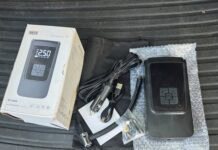
















Transmission part is my favorite part. Engine and gears I consider them the as the head and leg of a car. Thanks for the info.